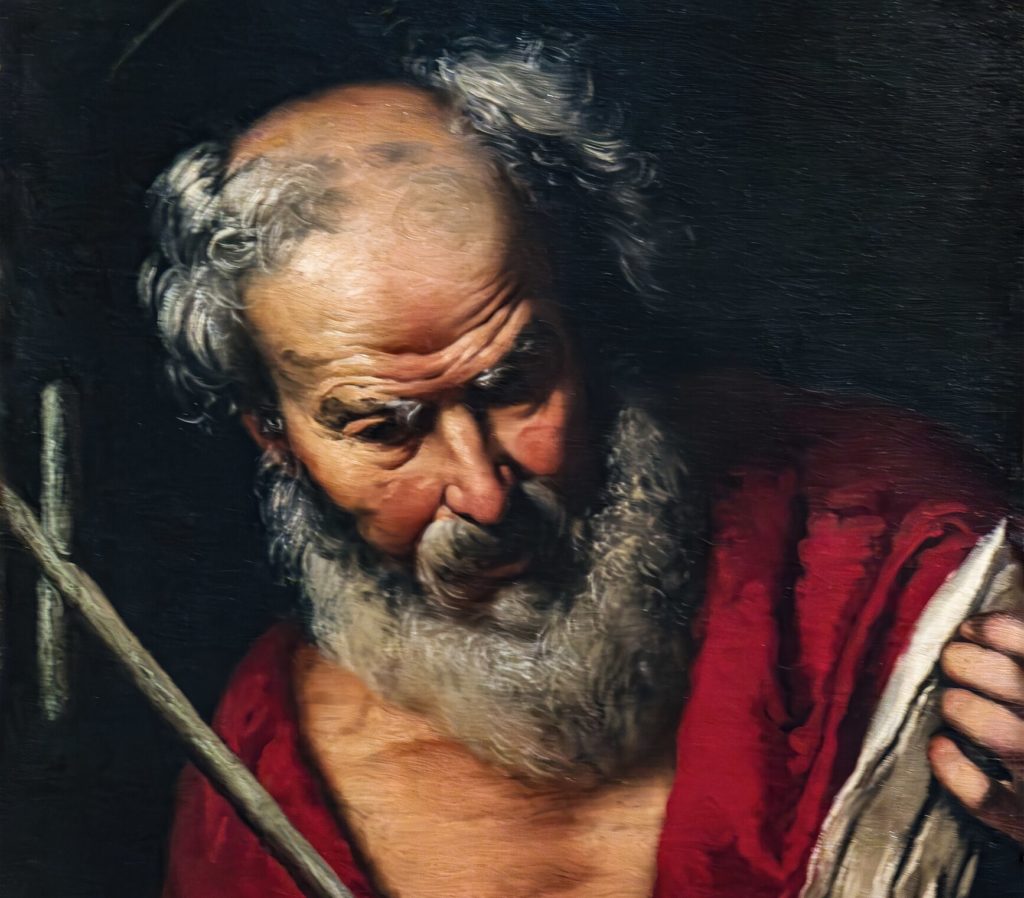It’s November, and so we’re thinking about the saints. My own thoughts turn to St. Jerome.
Born in the fourth century, Jerome was a contemporary of so many great saints: Ambrose, Augustine, Chrysostom. … And he managed to tangle with all of them. He had faults, which he tried to remedy but refused to hide. He could be curmudgeonly and critical. He had a temper. He had attacks of disordered pride — but, to be fair, he had real accomplishments that would tempt a man to be proud.
Jerome translated the Bible — not once, but several times. First, he “only” made a unified edition out of the grab bag of translations that the churches were using. Then he decided to go back and render everything fresh from the Greek. Then he decided to learn Hebrew to do a fresher translation. And all the while he produced commentaries, works of apologetics, handbooks of spiritual counsel, and kept up voluminous correspondence.
He was a one-man industry of biblical theology, and I can’t help but admire him. Yes, he had his faults and foibles — such that sensitive students are sometimes scandalized by him. But even that I find encouraging! If Jerome could stumble and hobble his way to heaven, maybe I can too!
Jerome had a profound appreciation for sacred Scripture, but also for the liturgy — and he understood that the two were fundamentally inseparable. We may distinguish one from the other, but only to highlight their interdependence. Jerome’s devotion to Scripture is demonstrable from his résumé (above), but it is also evident in his delight that the Eastern Christians brought the sacred texts into church in a solemn procession, accompanied by firelight.
Jerome’s devotion to the liturgy comes through in his letters to the pope, begging him to train his clergy to treat the sacred vessels of the Mass with care and refinement. The chalices and patens are holy, he said, because they bear the body and blood of the Lord.
Few historical figures have exemplified the ideals of the St. Paul Center as St. Jerome does. He understood the importance of biblical typology — the canonical unity of the Old Testament and the New. He promoted a mystagogical approach to the sacraments, seeing them as the fulfillment of the most ancient patterns of divine revelation.
St. Jerome, I dare say, would feel at home with me and my colleagues at the St. Paul Center for Biblical Theology. In fact, in 2001 — the year we launched our apostolate — we briefly considered naming it for him. We didn’t follow through on that, but I suspect he would even approve of our final selection of a name.
So join me, please, in celebrating him — and all the saints this month.

